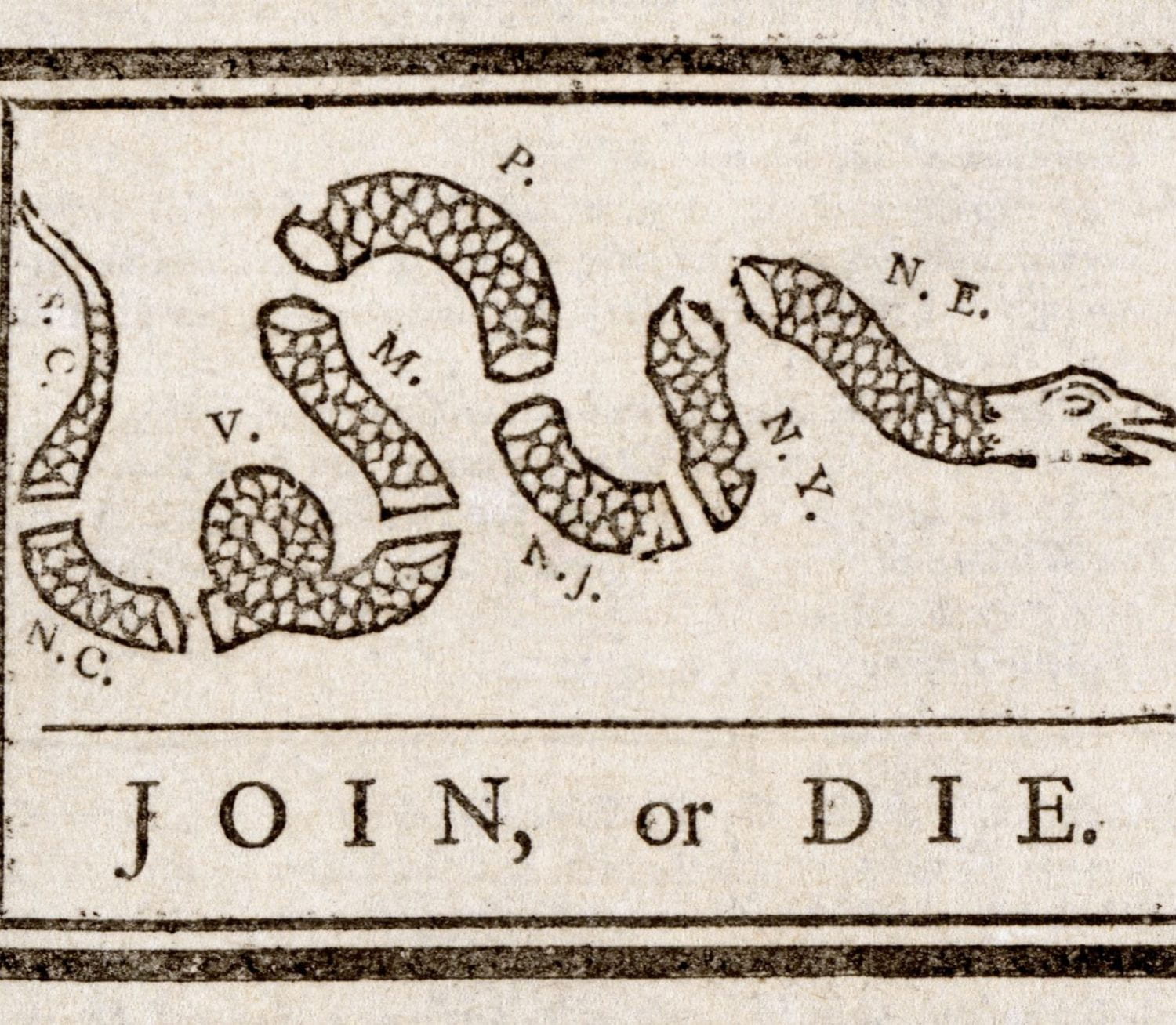by Abigail Young
The digital archive that I chose to explore was ArtStor, which has extensive records of Fine and Decorative arts of all kinds. To refine my search, I narrowed down the field to art from the United States that was created between 1770 and 1820. A painting that stood out to me was made by Benjamin West called Death of Procris. According to the ArtStor entry, the painting was completed in 1770 but was retouched in 1803. It is an oil painting on panel which would be typical of this time period. It currently resides in The Art Institute of Chicago. 
This painting by West appears to be inspired by a work Piero di Cosimo which was made around 1495. The original painting has a very similar layout to this one, with the male figure leaning over the woman who appears to be asleep or dead, as well as a dog on the right hand side of the composition. The layout displayed in this painting is a popular one, as there are three main elements that visually create a kind of triangle. This subtle shape in the composition draws the viewers eyes to the various elements, and creates a dynamic tension between the cloaked figure, the woman, and the dog.
Another formal element to note about this painting is the color scheme that is used. The fabric on both figures are rich jewel tones, the cloaked figure in a russet red and the woman in a peacock blue. Using color theory, these colors may hint at the nature of each of the people in the scene. Typically, reds are thought to represent anger or danger, while blue is often a more serene or relaxing color–it is also often tied to innocence and the Virgin Mary. With this in mind, West may be implying that there is some kind of treachery happening between the two.
After looking up the backstory associated with the title, it appears that there are several different versions of Procris’ death. She is a figure in greek mythology, and there is also a mention of the story of her death in Ovid’s Metamorphosis. According to the myth, Procris followed her husband into the forrest one day when he went out hunting, because she thought that he may be cheating on her. When she hears him shouting the name of another woman in the forrest, Procris steps out from where she is hiding behind a tree. This startles her husband, and he ends up shooting her with a bow and arrow, and killing her. Knowing this story, the contrast of the colors, and their meaning, along with the presence of the hunting dog all make sense. The male figure is revealed to be the husband, whose red cape implicates his guilt in this murder, while the innocent Procris now lays dead. Looking a bit more closely at the painting, you can see some drops of blood on the white of Procris’ gown, as well as a bloody arrow resting at the base of the composition.
Despite the dark background of this story, I think that the painting in and of itself is really interesting. It has beautiful technique, and is something different than would typically be seen in this time period that was over-run by portraits of the wealthy.
Learn more about the mythology of Procris: https://www.greekmythology.com/Myths/Mortals/Procris/procris.html
Link to the ArtStor page: https://library.artstor.org/#/asset/AMICO_CHICAGO_1031149700
